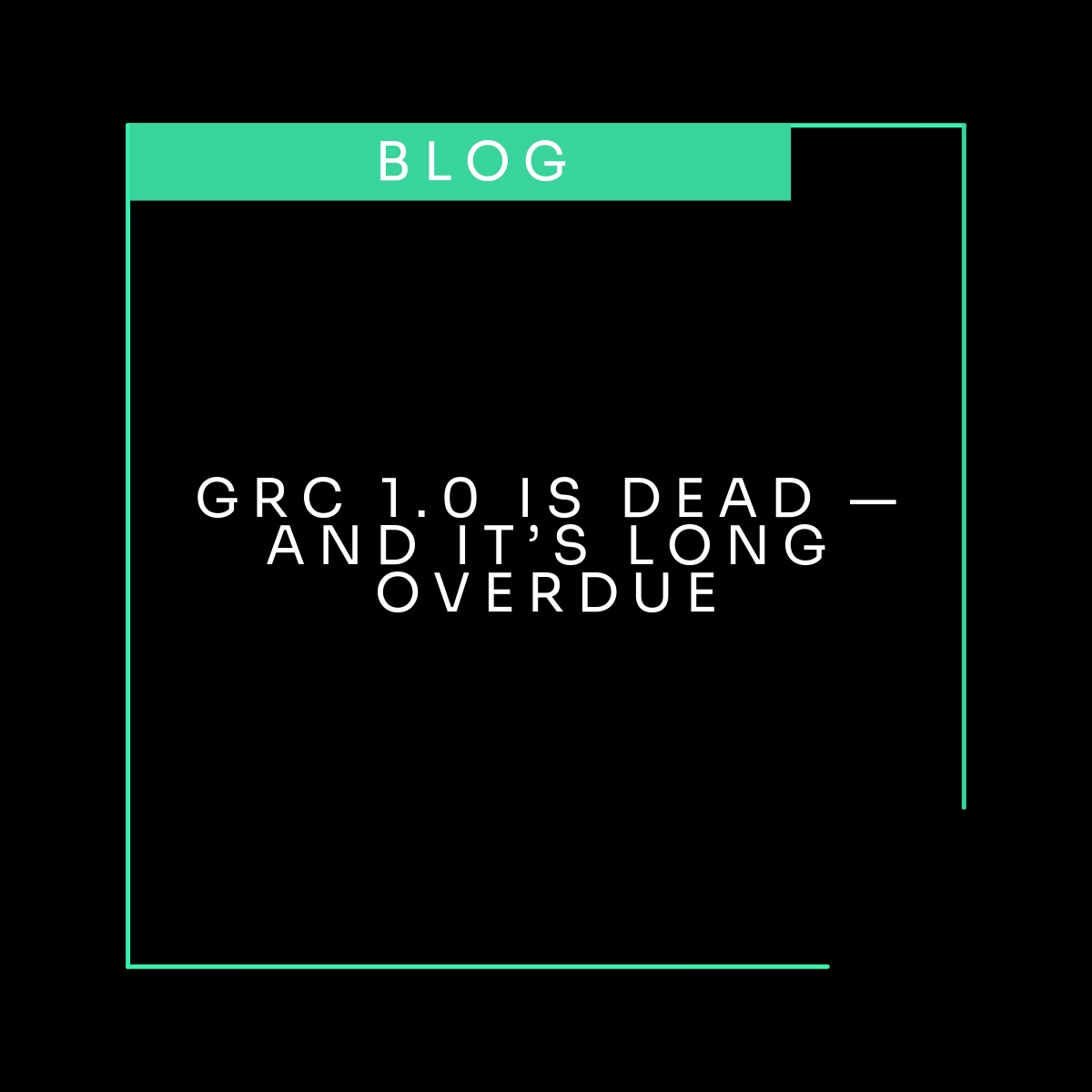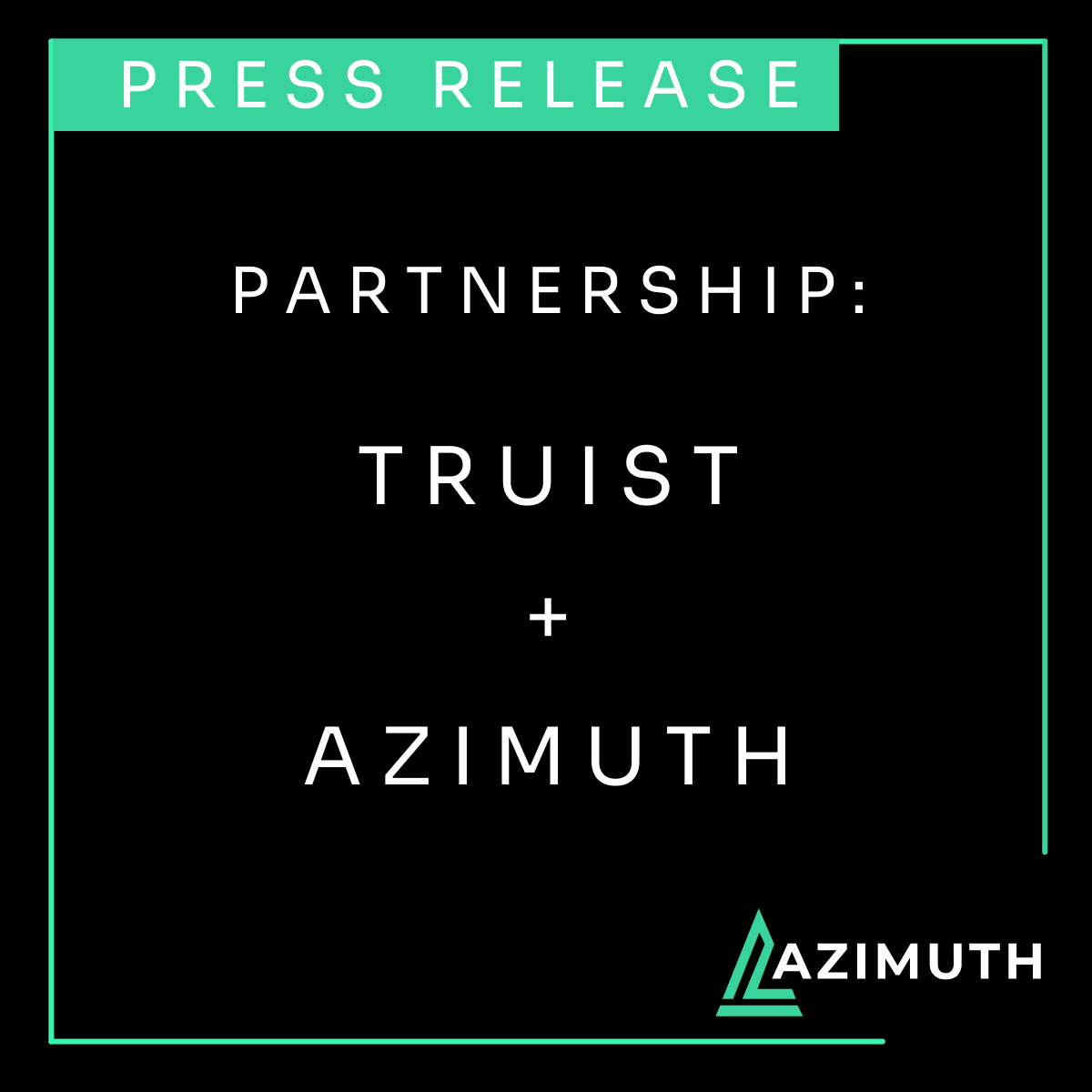Change is Happening
Change is happening overnight at the Consumer Financial Protection Bureau (CFPB)
As we await the Senate confirmation of Rohit Chopra to lead the Consumer Financial Protection
Bureau, there are things you can do to prepare for what’s to come. We know from Chopra’s
background and experience, more intense scrutiny is on the horizon to protect consumers. That
means companies and organizations need to step up compliance operations.
Under Former CFPB Director Kathy Kraninger, the bureau collected around $800 million dollars
in punitive fines over a two-year period. Under Chopra, I would expect to see that number
triple. Just compare Kraninger’s numbers to the six-year tenure of former Director Richard
Cordray, who collected $12 billion in fines and consumer redress, according to a Bloomberg Law
article, posted on August 14, 2020. Cordray went after the big banks like Wells Fargo, JPMorgan
Chase and Bank of America.
We know CARES Act compliance will be a strong focus of the CFPB under the new
administration. Congresswoman Maxine Waters (D-CA), Chairwoman of the House of
Representatives Committee on Financial Services, has urged President Biden to
“direct the CFPB to aggressively protect consumers by enforcing the law, including protections
provided under the CARES Act…” You can read the full letter here.
The laws and rules change quite frequently, because the world is changing, and the laws and
rules are changing to meet those needs. That can create a challenge to update your operations.
Half the battle is knowing about them, and then the other is implementing the changes to
comply with them.
I’ve been in regulatory compliance for more than two decades. While it is one of the most
complicated and ever-changing fields, I have loved solving issues for the big banks. After the
2008 financial crisis, I experienced first-hand how the CFPB changed the industry and it’s one of
the reasons I founded Azimuth GRC.
Rohin Tagra
Founder & CEO Azimuth GRC



